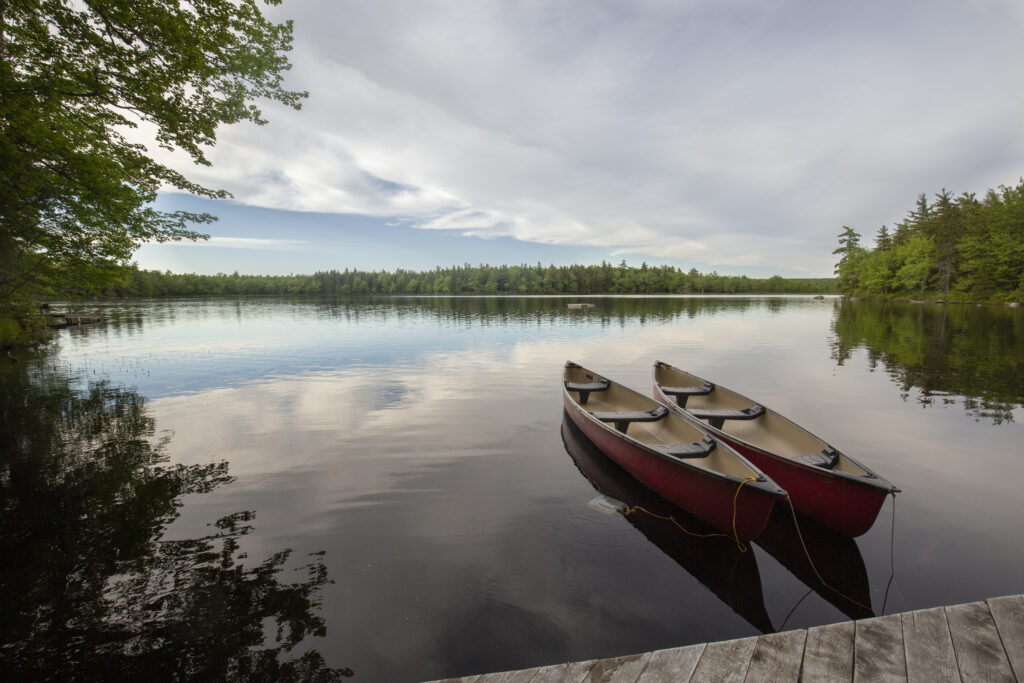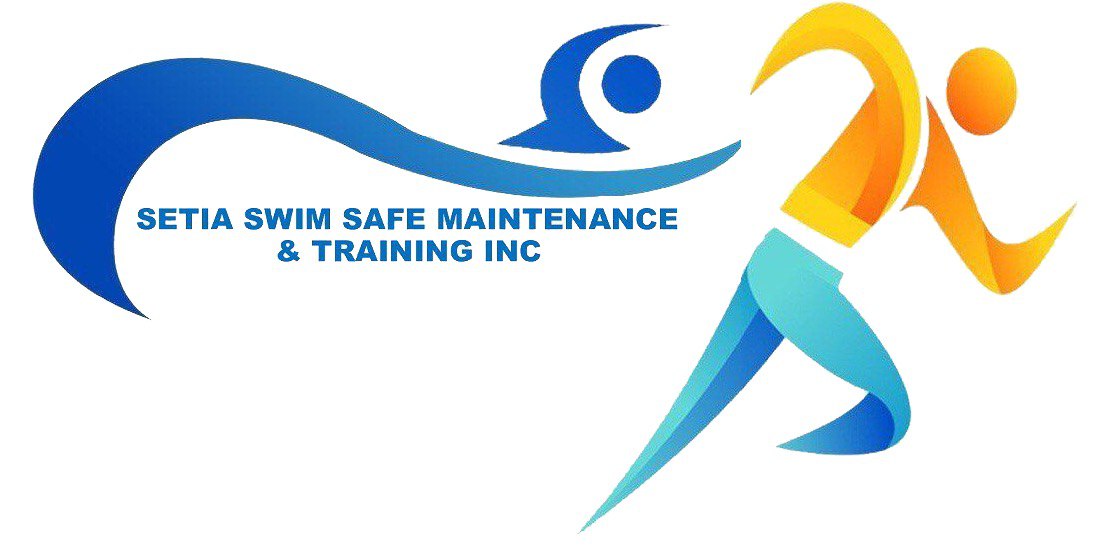Canada’s diverse water environments, from icy lakes to fast-flowing rivers, present unique safety challenges. Whether you’re swimming, boating, or exploring frozen waters, these tailored tips will help you stay safe.
1. Know the Risks of Icy Waters
Canadian winters bring freezing temperatures, making hypothermia a major concern. Limit your exposure to icy water, and wear insulated swim gear like wetsuits or drysuits. Always keep a towel and warm clothing nearby to dry off and retain body heat immediately after leaving the water.
2. Test Ice Thickness
Ice-related activities like skating or ice fishing are popular in Canada, but thin ice can be fatal. Always test ice thickness before venturing out. A minimum of 15 cm (6 inches) is required for walking, and 20 cm (8 inches) for snowmobiles or ATVs. Check local ice reports to ensure safety.
3. Wear a Life Jacket on the Water
Boating and kayaking are common in Canada\u2019s vast lakes and rivers. Always wear an approved life jacket or personal floatation device (PFD), even if you’re a strong swimmer. Cold water shock from falling in can impair swimming ability in seconds.
4. Learn Local Water Conditions
Rivers in Canada, such as the Fraser in British Columbia or the St. Lawrence in Quebec, often have strong currents and hidden hazards. Understand the flow rate and avoid areas marked as dangerous. In lakes, watch for steep drop-offs and submerged debris.
5. Prepare for Wildlife Encounters
Canadian lakes and rivers may host unexpected wildlife. Be cautious of leeches, snapping turtles, or jellyfish in some regions. Avoid swimming in areas with high wildlife activity, and educate yourself on first-aid measures for bites or stings.
6. Follow Boating Regulations
Canada has strict boating safety laws. Ensure your boat is equipped with emergency supplies like a whistle, flashlight, and a waterproof map. Complete a Pleasure Craft Operator Card (PCOC) course if you’re operating a motorized boat.
7. Avoid Alcohol Near Water
Many drownings occur when alcohol is involved. Avoid drinking when swimming, boating, or ice fishing. Alcohol impairs judgment, coordination, and reaction time, increasing the risk of accidents.
8. Be Weather-Wise
Canada’s weather can change rapidly. Check local forecasts before heading out. Strong winds can create dangerous waves on large lakes, while sudden storms can turn calm waters into hazardous zones. Plan your activities accordingly.
9. Use Safety Equipment for Ice Activities
When participating in activities on frozen lakes, carry ice picks and a rope to help in emergencies. Travel with a buddy and know self-rescue techniques for falling through the ice.
10. Take a Water Safety Course
Enroll in courses offered by organizations like the Canadian Red Cross or Lifesaving Society. These programs teach essential skills, including CPR, first aid, and cold water survival.
Conclusion
Canada\u2019s unique water environments require specific precautions to ensure safety. From icy lakes to rapid rivers, understanding local conditions, using proper gear, and being prepared can make all the difference. By staying informed and vigilant, you can safely enjoy Canada\u2019s breathtaking waterways year-round.

